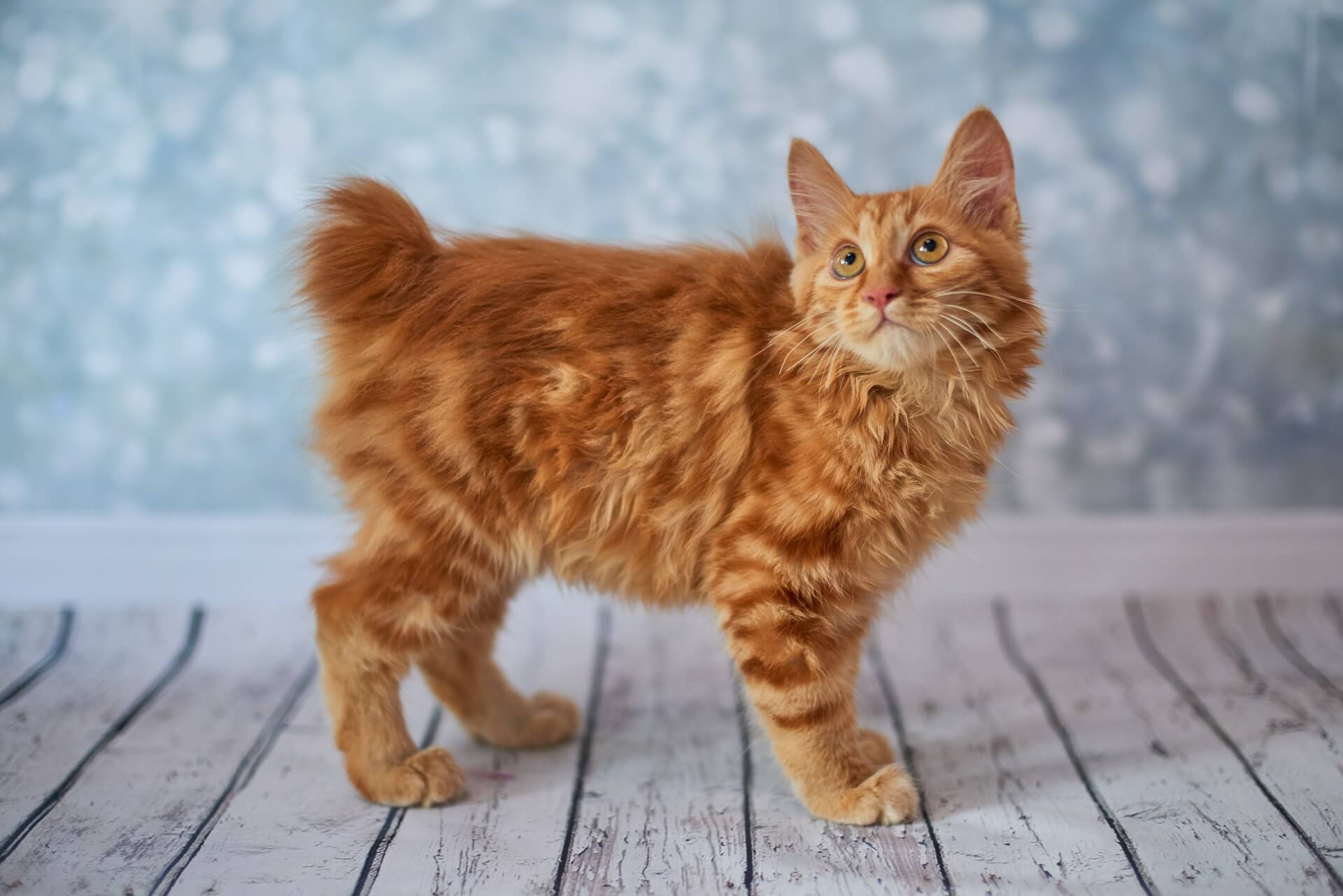American Bobtail Cats: Natural Athletes of the Cat World
Introduction
With their distinctive short tails and athletic prowess, American Bobtail cats have captivated cat enthusiasts worldwide. This essay delves into the complexities of American Bobtail cats, critically examining their extraordinary physical abilities and exploring the diverse perspectives surrounding these fascinating felines.
Physical Attributes and Athleticism
American Bobtail cats are renowned for their exceptional agility and athleticism. Their short tails, a defining characteristic of the breed, provide a unique advantage in movement. Unlike long-tailed cats that may experience tail-related injuries during high jumps or sprints, Bobtails can navigate obstacles and terrains with greater ease and flexibility. Their long, muscular bodies and powerful hind legs grant them incredible leaping abilities and speed. Bobtails have been known to perform impressive jumps of up to 10 feet, showcasing their remarkable vertical prowess.
The Natural "Bob"
The short tail of American Bobtail cats is a naturally occurring mutation that emerged in the 1960s. This unique genetic trait is believed to have originated from a domestic cat named Yodie, who possessed a naturally bobbed tail. Breeders selectively bred Yodie with other cats, resulting in the distinctive short-tailed Bobtail breed we know today. Despite its short length, the Bobtail remains fully functional, assisting in balance and providing proprioceptive feedback during movement.
Perspectives on the Bobtail Breed
Perspectives on American Bobtail cats vary widely. While many admirers extol their athleticism and affectionate nature, others raise concerns regarding potential health issues associated with the short tail mutation. Some breeders argue that the shortened spinal column can lead to spinal abnormalities and neurological problems. However, responsible breeders prioritize healthy breeding practices to minimize such risks.
Health Considerations
Responsible breeders prioritize genetic screening and careful breeding practices to mitigate health concerns associated with the Bobtail mutation. They screen for potential spinal issues and ensure that cats intended for breeding do not possess genetic markers associated with health problems. By adhering to ethical breeding guidelines, reputable breeders strive to produce healthy and robust Bobtail cats.
Ethical Concerns
Ethical considerations surrounding American Bobtail cats center on the potential risks associated with the short tail mutation. Some animal welfare advocates question the responsible breeding of cats with intentional genetic modifications that may carry potential health risks. However, as discussed earlier, responsible breeders prioritize genetic screening and selective breeding to minimize these concerns, promoting the overall health and well-being of their cats.
Conclusion
American Bobtail cats are remarkable felines that have earned their reputation as natural athletes of the cat world. Their unique short tails, a defining characteristic of the breed, provide them with exceptional agility and jumping abilities. While ethical concerns regarding potential health issues associated with the short tail mutation warrant ongoing discussion, responsible breeders prioritize genetic screening and selective breeding to mitigate these risks. As a result, American Bobtail cats continue to captivate and inspire cat enthusiasts who appreciate their athleticism, affectionate nature, and distinctive appearance. Their presence in our lives enriches our understanding of the remarkable diversity and adaptability of the feline species.
Why Pembroke Welsh Corgis Are Known For Their High Energy
Why Australian Shepherds Are Known For Their Herding Instincts
How To Recognize A French Bulldog From Other Breeds



